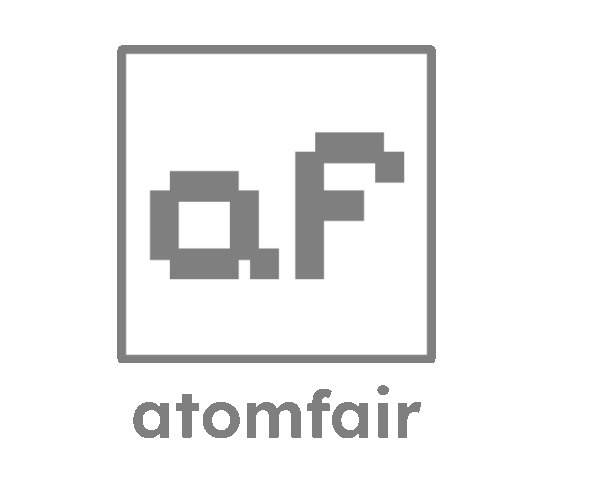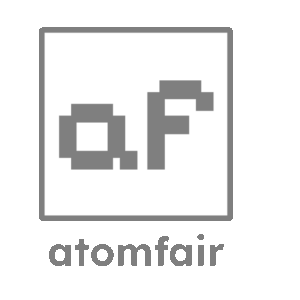Your cart is currently empty!

GDC10 Electrolyte Slurry | High-Ionic-Conductivity Coating for Intermediate-Temperature Fuel Cells
Product Overview Our GDC10 Electrolyte Slurry is a specialized coating material engineered for fabricating dense, high-conductivity electrolyte layers in intermediate-temperature solid oxide fuel cells (IT-SOFCs). Formulated with high-purity GDC10 (Gd₀.₁Ce₀.₉O₂₋δ), this slurry delivers exceptional oxygen ion conductivity at 500–700°C, making it ideal for IT-SOFCs where lower operating temperatures reduce thermal stress and extend stack lifespan. With a tailored solids content (40–55%), fine fineness (
Description
Key Properties & Advantages
This GDC10 electrolyte slurry balances processability with high ionic conductivity, optimized for IT-SOFC requirements:
Controlled Solids Content (40–55%): Enables the formation of thin, dense electrolyte layers (5–20 μm) with minimal shrinkage during sintering, ensuring gas tightness while reducing ionic resistance—critical for IT-SOFC efficiency.
Fine Fineness (<5 μm): Ensures uniform dispersion of GDC10 particles, preventing agglomerates that could create pores or pinholes in the sintered layer. The sub-5 μm size promotes densification at moderate temperatures (1000–1200°C), reducing energy consumption during fabrication.
Tailored Viscosity (2300–3000 cP): Optimized for screen printing (200–400 mesh) and doctor blading, ensuring smooth, crack-free coating with precise thickness control. The viscosity prevents sagging on vertical or curved surfaces, enabling uniform coverage on anode or cathode substrates (e.g., NiO-GDC anodes, LSCF cathodes).
High Oxygen Ion Conductivity: GDC10’s intrinsic ionic conductivity (10⁻¹–10⁰ S/cm at 600–700°C) outperforms YSZ in the intermediate-temperature range, minimizing electrolyte resistance and boosting IT-SOFC power density.
Thermal Compatibility: Matches the thermal expansion coefficients of IT-SOFC electrodes (LSCF, Ni-GDC), reducing interfacial stress during thermal cycling and improving long-term device stability.
Chemical Stability: Resists degradation in both oxidizing (air) and reducing (fuel) atmospheres, with no reactivity with common IT-SOFC materials—ensuring durability in H₂ or hydrocarbon-fueled systems.
Core Applications
Intermediate-Temperature Solid Oxide Fuel Cells (IT-SOFCs)
This GDC10 slurry is a cornerstone material for IT-SOFC electrolytes, enabling efficient operation at 500–700°C:
IT-SOFC Electrolyte Layers: Forms a dense, gas-impermeable membrane that conducts oxygen ions from cathode to anode, preventing crossover of H₂ (fuel) and O₂ (oxidant) while minimizing ionic resistance.
Thin-Film Electrolytes: Ideal for anode-supported or cathode-supported IT-SOFC architectures, where its low sintering temperature and thin-film capability reduce thermal stress and improve cell flexibility.
Buffer Layers: Used as a barrier between YSZ electrolytes and LSCF cathodes in hybrid SOFC designs, preventing unwanted phase reactions (e.g., SrZrO₃ formation) and enhancing interfacial conductivity.
Other High-Temperature Electrochemical Devices
Oxygen Separation Membranes: Fabricated into dense layers for industrial oxygen purification, leveraging GDC10’s high-temperature ionic conductivity and selectivity for O²⁻ ions.
Solid Oxide Electrolysis Cells (SOECs): Used as an electrolyte in intermediate-temperature electrolyzers for hydrogen production, enabling efficient H₂O splitting via oxygen ion transport.
The active component is high-purity GDC10 (Gd₀.₁Ce₀.₉O₂₋δ) with a solids content of 40–55 wt.% (including GDC10 and the binder system). The fineness (maximum particle size, laser diffraction method) is <5 μm. The binder system is an organic-inorganic hybrid binder (burns out cleanly at 400–600°C), the sintering temperature is 1000–1200°C in air (2-hour ramp + 1-hour hold), and the color is a pale yellow to off-white slurry.
Related products
-
8YSZ Electrolyte Slurry | Oxygen Ion Conductor for SOFCs | Optimized for Tape Casting & Thin Coatings
-
ATF PEM Water Electrolysis Hydrogen Production Membrane Electrodes – High-Durability Custom Solutions
-
ATF PEM Water Electrolysis Hydrogen Production Test Bench – Precision Testing for Electrolyzers & Single Cells
-
ATF Single Cell Test Fixtures – Customizable Solutions for Fuel Cell ResearchProduct Details
-
ATF Water-Cooled Hydrogen Fuel Cell Stacks – High-Efficiency Power Solutions for Scientific Research
